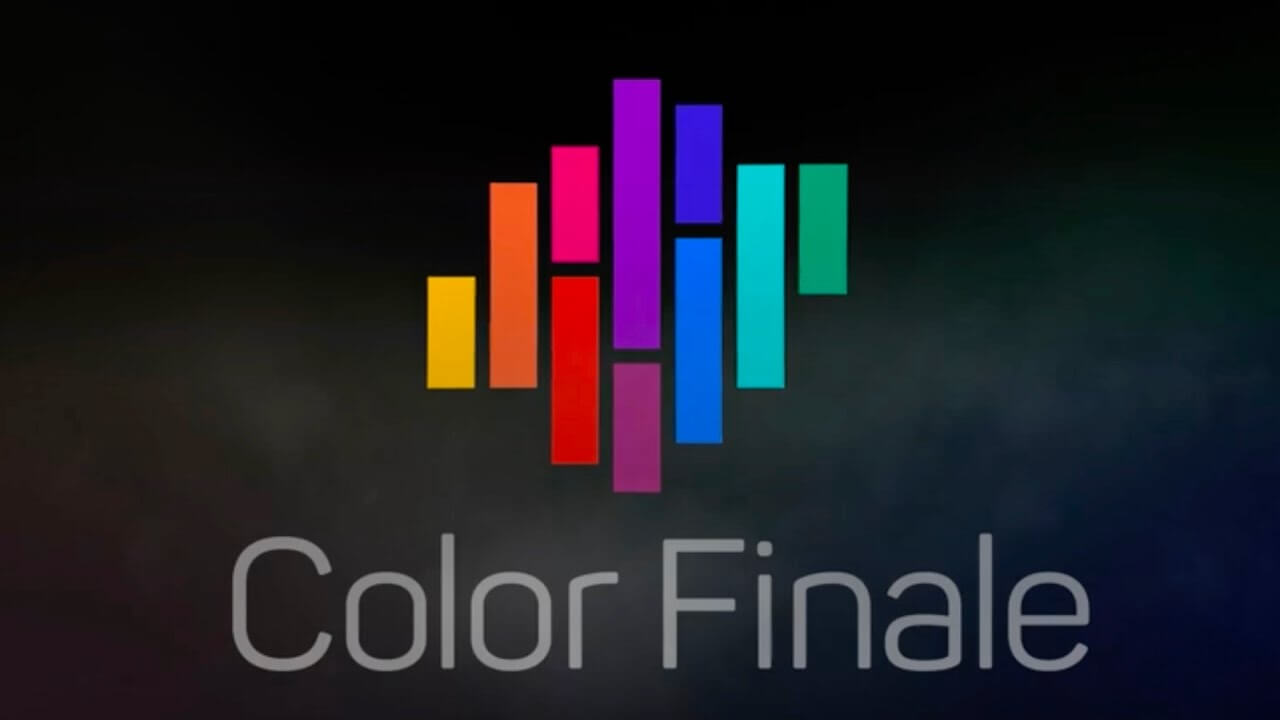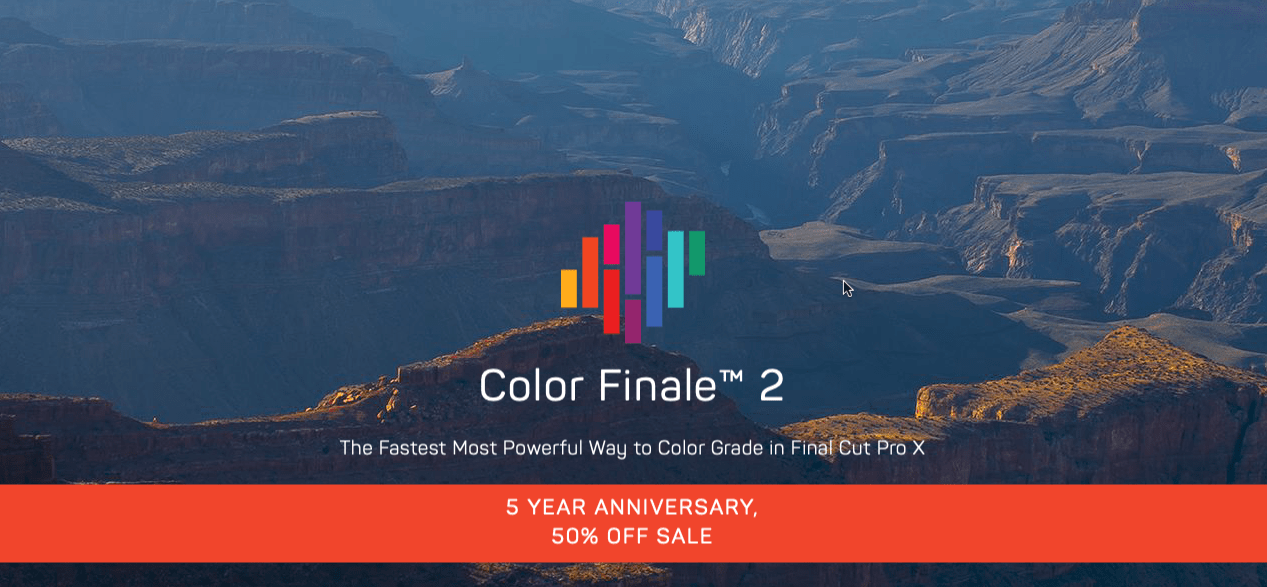
The impending sense of the joyfulness ending as the moon begins to rise is obvious though the pace increasing almost exponentially, fevered, agitated and finally ecstatic – the final snatch of sunshine grabbed at an alarming 182 sprint finish.
COLOR FINALE PRO M1 FULL
It’s a like the Norse God Odin’s eight legged Sleipnir at full pelt with its dislocated meters (with just a hint of sardonic Swedish humour in its driving ABBA’esque ‘money, money, money’ semi quaver lines?) However, its dislocated meter (with just a hint of sardonic Swedish humour in its driving ABBA’esque ‘money, money, money’ semi quaver lines?) is written with clarity and precision in the uncluttered scoring (as it is throughout) before reaching its ferocious stopping point. It sounds like the Norse God Odin’s eight legged Sleipnir at full pelt (above).

That said, Aurora’s horses galop with an oddly gaited stride at times. This has a sprightly semi-quaver underpinning that grows in incremental pace ( 132/142/144/152), drama and purpose – fleet of foot but light of dynamic touch. It is slow and mysterious – the percussion (with the help of a rubber ‘superball’ rolled across a timpani head, a scraped tam-tam and tinkling crotales) setting the scene.Īn early indicator of the composer’s thematic development (motif ‘twists and turns’ formed by what the composer describes as harmonic “magnetic fields”) is heard in the muted trombones in the following Vivace section. It all starts (below) in the ether of pre-dawn glimpses of light breaking through a thick mist ready to be burned off by the arrival of the blazing golden orb in the heavens.

COLOR FINALE PRO M1 FREE
The work is structured in three distinct but joined parts the unstable scene-setting opening followed by the growing busy activity of early morning Roman life.Ī central ‘kindling of light’ warmly settles in place as the day unfolds, eventually giving way to a ‘festive song of praise’ finale, packed with free flowing, childlike optimism.Ī central ‘kindling of light’ warmly settles in place as the day unfolds, eventually giving way to a ‘festive song of praise’ finale, packed with free flowing, childlike optimism that itself heralds a race to enjoy the last embers of the sun before Aurora’s moon sister, ‘Luna’ is seen to settle in the sky. Think of waking up to a day of ELO’s ‘Mr Blue Sky’ after an evening of Leonard Cohen.

Joel Thoor Engstrom’s engaging 18-minute composition is inspired by Aurora’s symbolism rather than character traits - evoking the mystery as well as majesty of the bringer of renewal and joy, the comforter of better times ahead during the darkest hours of the night. She did this dressed in robe of saffron, opening the gates to the morning with her rosy fingers before riding a chariot, said to led by two pink or white horses, traveling across the sky from East to West. She eventually turned the poor chap into a cicada. What she for the rest of the day nobody quite knows, but perhaps bored of her repetitive heavenly life she took a mortal lover, who unlike her, aged in immortality. Aurora on the other hand had the job of waking up at dawn to streak across the heavens announcing the arrival of her brother, Sol, the Sun God. The table topper of the 12 ‘Dii Consentes’ (major Gods) was Jupiter – the God of the Sky and Thunder. Dawn streakĪurora was strictly a mid-table God in terms of the Premier League of Roman deities. Quite a few of the 14 conductors here in Malmo will be looking for the same divine intervention when they open the score to Joel Thoor Engstrom’s 'Aurora' set-work for the Championship Section on Friday afternoon.

In fact, 67 or so give or take a few that were in and out of fashion until the Emperor Constantine decided to place his faith in just the one ahead of a winner takes all battle against rivals.īy all accounts he had a vision that saw a script that read: “In Hoc Signo Vince” – or “In this sign, conquer”.


 0 kommentar(er)
0 kommentar(er)
